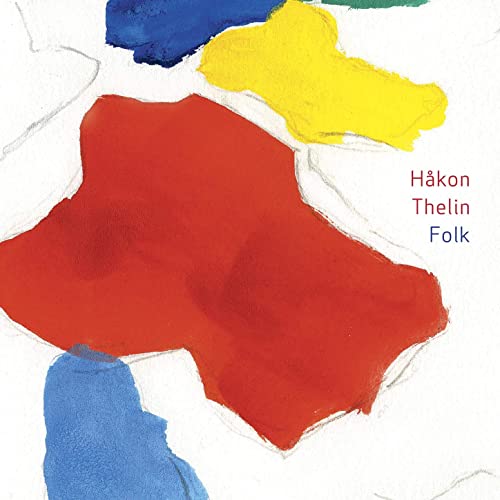Any musical instrument represents a certain set of possibilities. Constrained by the instrument’s particular characteristics—both as a unique individual and as a member of a class of instruments—these possibilities offer a range of potential and of compulsion. The potential lies in the palette of sounds and gestures the instrument affords by virtue of its physical properties—its scale, range, the resonance of the materials it’s made of, and the like. At the same time, these same properties condition what can be done and compel the performer to choose within a necessarily bounded set of possibilities and to accept a certain finitude of action. And it is this convergence of open potential and finite possibility that forms the material horizon within which the performer’s own specific voice is constituted.
Of the remaining instrumental tracks, one is by Norwegian composer Lars-Petter Hagen (b. 1975) and three are by Thelin himself. Hagen’s contribution is the 2007 composition Hymn, originally written for Swedish-born Norwegian double bassist Dan Styffe. As its title suggests, it is a stately-paced work whose melodies and countermelodies, played on two strings sounding simultaneously, unfold with a deliberate and sometimes discordant gravitas. Thelin’s own compositions, all of which were composed in 2012, were influenced by flamenco music and reflect some of the rhythms and modes associated with that tradition. El bajo cantaor employs leaps from the rich, dark lower register into shimmering high harmonics and makes generous use of a lyricism offset by clashing minor seconds. Melodía, whose lines allude to the Phrygian mode, is the most overtly flamenco of the trio, its chordal sequences dressed in flamenco rhythms. Tablón-Táctil-Pulsar-Sonar ably brings together the influences of both Scodanibbio and flamenco with its plucked harmonics and rapid pizzicato work.







